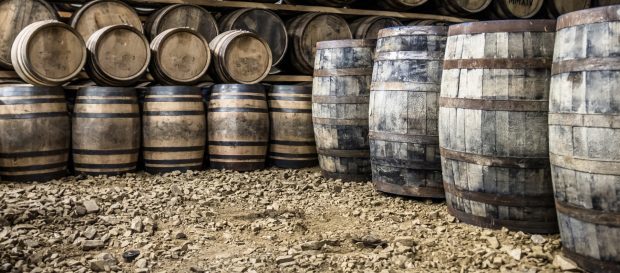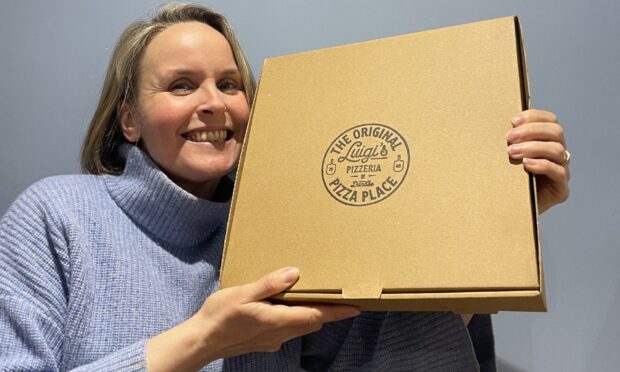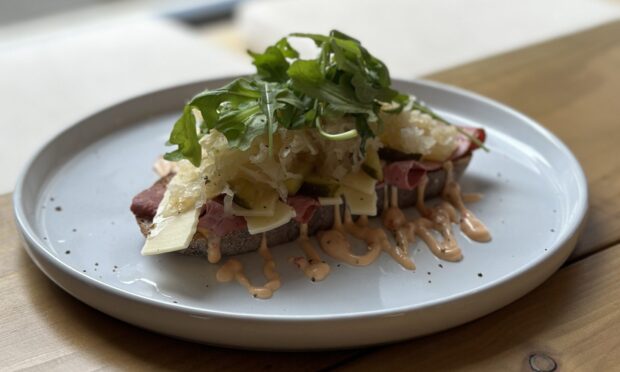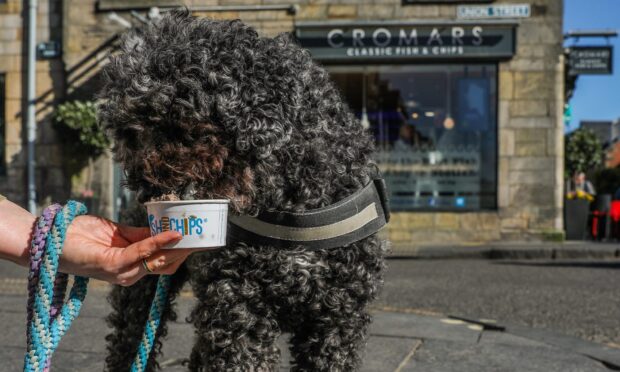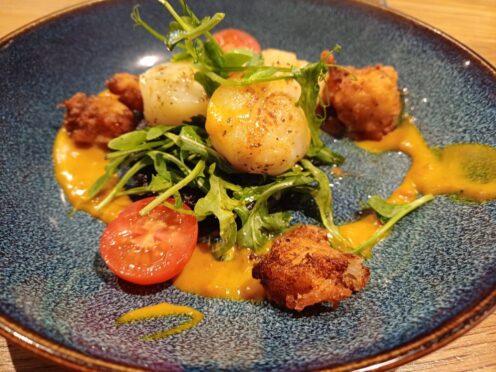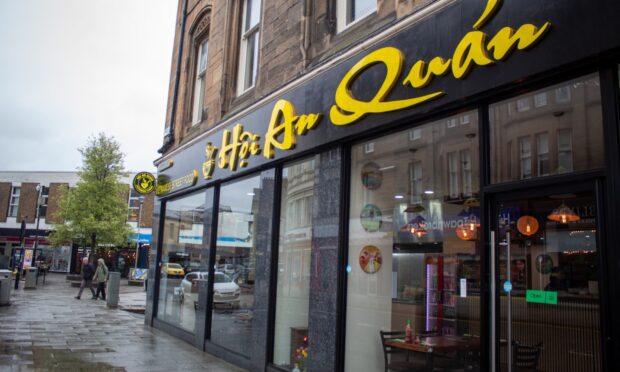Diageo’s announcement that long-embalmed Port Ellen and Brora distilleries are re-opening is great news. One might ask what took them so long? Both have been shut for decades and, as a result, each new edition of dwindling whisky stocks fetched ever-higher prices.
Diageo admits those prices spurred the decision to re-open the distilleries, though it may be 2020 before they are operational and 2030 before their malts are fully available.
Why were they closed in the first place? Port Ellen was closed in the dark cull of around 20 DCL (Distillers Company Ltd) distilleries in the 1980s-90s, although its maltings stayed open and produce much of the peated malt used in most Islay distilleries. Ironically, when the distillery was open, Port Ellen was a hard-to-find whisky hardly anyone drank because most of it went to the blenders. It only became popular once it was gone…
Brora was a different story. Built in 1819 near Brora in Sutherland, it was called Clynelish but advancing years saw a new distillery built nearby in 1968 and the old one closed by 1983. Whisky from the new distillery was called Clynelish so, to avoid confusion, whisky from the old distillery was called Brora.
Enthusiasts always claimed whisky from Brora was better than from the “new” Clynelish, although I have always felt Clynelish was a great dram. Anyway, old Brora/Clynelish is now to be renovated and fired up again, so the two distilleries will operate in tandem. Again, the start-up may not be before 2020 with the new whisky only available many years after that.
If ever proof were needed of the whisky industry’s thriving state, the resurrection of these two distilleries provides it. Which prompts the question: are there any more defunct distilleries that could be red-circled for re-opening?
In theory, yes—such as Coleburn south of Elgin, Dallas Dhu near Forres, Hillside/Glenesk north of Montrose, Convalmore at Dufftown and Millburn in Inverness. Some or most of their buildings are still standing. The former sites of another two Inverness distilleries, Glen Mhor and Glen Albyn, stand vacant. Parts remain of Rosebank at Falkirk.
Regretfully, I doubt if any of them will ever distil again. Yet just weeks ago I would have said the same about Port Ellen and Brora.
